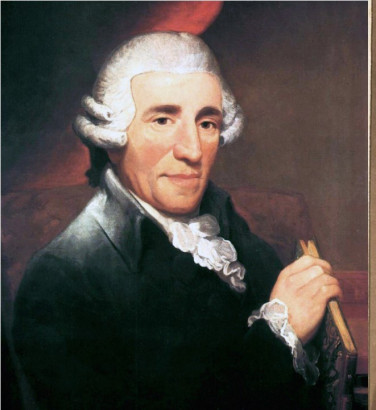
The Kreutzer Sonata, from Beethoven to Janáček
9 Feb 2023
News Story
The Kreutzer Sonata: detail from a painting by René-Xavier Prinet (1901)
Beethoven’s Violin Sonata No 9, nicknamed Kreutzer after its dedicatee, bears the unusual distinction of having inspired a work of literature (Tolstoy’s novella of the same name) which in turn led to the composition of another piece of music, Janáček’s String Quartet No 1 – also named the Kreutzer Sonata – which opens the first concert in Pekka Kuusisto’s residency with the SCO in March. In modern times, the nearest equivalent might be a film being adapted as a stage musical which is subsequently made into a second film, for instance the three incarnations of Hairspray.
The analogy is not quite an exact one, however, as Beethoven’s original has no bearing on Janáček’s quartet, the stimulus of which was purely Tolstoy’s novella – and in more general terms the kind of “poor woman, tormented and run down” the author depicts there. That said, the pertinence of Beethoven’s music to the plot is revealed only six chapters from the end, and even then turns out to be symbolic of the passions to which its characters are subject rather than of central relevance. With a sense of foreboding having been established around the character of Pozdnyschev in the opening chapters, this first mention of the Kreutzer Sonata (many pages later) and the realisation of how it fits into the narrative only add to this unease.
Janáček conveys every aspect of this psychological drama in his music, a tense work where the only hope of resolution promises devastating consequences. The addition of American folk songs between its movements (as will be the case in the SCO's performance, courtesy of Sam Amidon) may seem to promise some relief, but be warned: they tread similarly dark territory!

Folk Inspirations with Pekka and Sam
From the high drama of Janáček's Kreutzer Sonata to the more optimistic vistas of Sibelius's Symphony No 3, Pekka and Sam demonstrate how closely classical and folk music can intertwine. A revelation!
Related Stories
![]()
Making a splash: water music beyond Handel
5 January 2026
We take a look at musical depictions of water, from trickling burns to the wide expanse of the ocean, to see what lurks below the surface.![]()
Haydn, Father of the Symphony
22 September 2025
In the latest in our series looking at the symphony, what makes Haydn so significant in its development?![]()
Symphonies and their nicknames
8 September 2025
Beethoven's Fifth has a nickname? Well, it does according to some people ...


